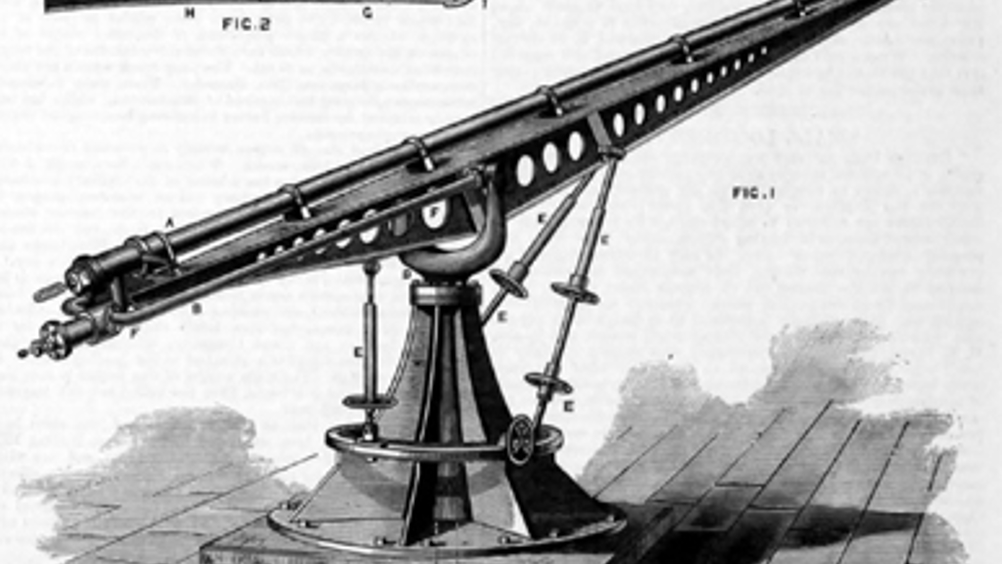August 1884: The dynamite gun
Our predecessors were far from impressed by the development of a gun designed to fire projectiles filled with dynamite or nitro-glycerine.

In the summer of 1884 The Engineer got wind of a new kind of gun being developed and tested in the USA and wasn’t particularly impressed with what it had learned.
The weapon in question was a new dynamite gun, described by The Engineer as a ‘monster air gun for discharging projectiles charged with dynamite’ that was attracting considerable attention in America.
The Engineer, borrowing the gun’s technical details from Scientific American, described how it was undergoing US government trials under the supervision of a certain Lieutenant EL Zalinski.
In the days when The Engineer didn’t pull its punches, our correspondent noted, ‘The object of the gun is to enable what are termed ‘high explosives’ to be employed in projectiles - that is to say, dynamite and other forms of nitro-glycerine.
‘As many of our readers know, no projectile charged with any compound of nitro-glycerine would be allowed to be fired from our guns in this country…The shock of discharge in an ordinary gun is so liable to fire nitro-glycerine, and thus burst the gun, that even experimentally its use has been forbidden.’
Register now to continue reading
Thanks for visiting The Engineer. You’ve now reached your monthly limit of premium content. Register for free to unlock unlimited access to all of our premium content, as well as the latest technology news, industry opinion and special reports.
Benefits of registering
-
In-depth insights and coverage of key emerging trends
-
Unrestricted access to special reports throughout the year
-
Daily technology news delivered straight to your inbox










Water Sector Talent Exodus Could Cripple The Sector
Maybe if things are essential for the running of a country and we want to pay a fair price we should be running these utilities on a not for profit...